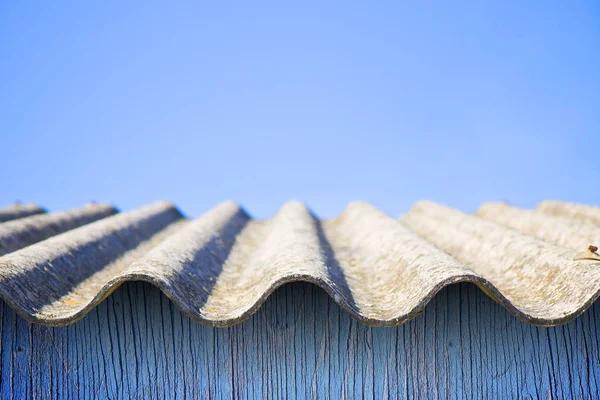Asbestos, a naturally occurring mineral that was widely used in the construction industry due to its heat resistance and insulation properties, has been linked to several serious health conditions. As such, asbestos inspections are crucial for buildings constructed before 1980 when the use of this material was prevalent.
During an asbestos inspection, a certified inspector conducts a thorough visual examination of the property and collects samples from various areas suspected to contain asbestos-containing materials (ACMs). These samples are then sent to a laboratory for testing. The process is meticulous and requires not only technical knowledge but also precision and care as disturbing ACMs can release harmful fibers into the air.
The primary focus of an asbestos inspection is identifying potential problem areas where ACMs may be present. This includes areas like insulation around pipes and boilers, ceiling tiles, floor tiles, roofing materials, fireproofing materials on structural members of buildings, textured paints or coatings on walls and ceilings among others.
One significant finding during an asbestos inspection is often ‘friable’ asbestos – meaning it can be crumbled by hand pressure when dry releasing fibers into the air. Friable ACMs pose a higher risk because they easily become airborne when disturbed. On the other hand, non-friable ACMs are more compacted making them less likely click to explore release fibers unless they’re damaged or disturbed.
Another important discovery during inspections could be ‘disturbed’ or ‘damaged’ ACMs which immediately pose a health risk as they can release dangerous fibers into the environment that people can inhale unknowingly leading to severe diseases such as mesothelioma or lung cancer over time.
A surprising aspect of these inspections is that sometimes no visible signs of asbestos presence may exist in certain areas until sampling takes place. In some instances, inspectors might discover hidden layers containing ACMs behind newer building materials installed over older ones containing asbestos; this underscores why professional expertise is necessary for accurate identification.
Once all findings have been compiled, the inspector will provide a detailed report outlining their observations and laboratory results. This report is crucial for building owners as it helps them understand the extent of asbestos presence in their property and plan necessary abatement or management strategies.
In conclusion, asbestos inspections are essential for ensuring the safety of occupants in older buildings. These inspections reveal not only the presence of asbestos but also its condition – whether it’s friable or non-friable, undisturbed or damaged. Findings from these inspections guide subsequent steps towards creating a safer environment free from potential asbestos exposure risks. It’s prudent to engage certified professionals who have the requisite skills and experience to conduct thorough inspections and interpret findings accurately for effective decision-making regarding ACMs.




